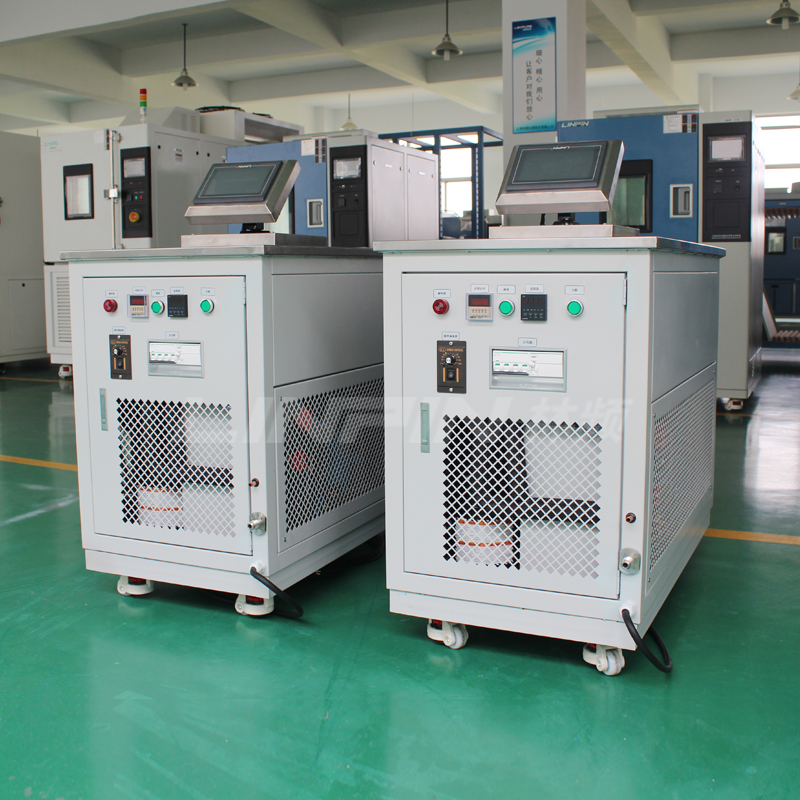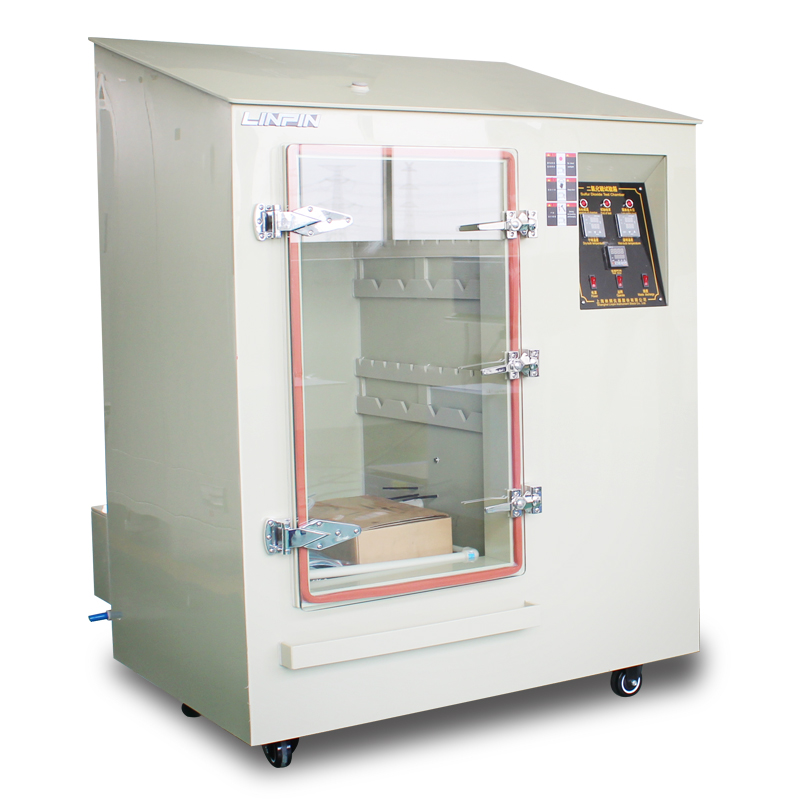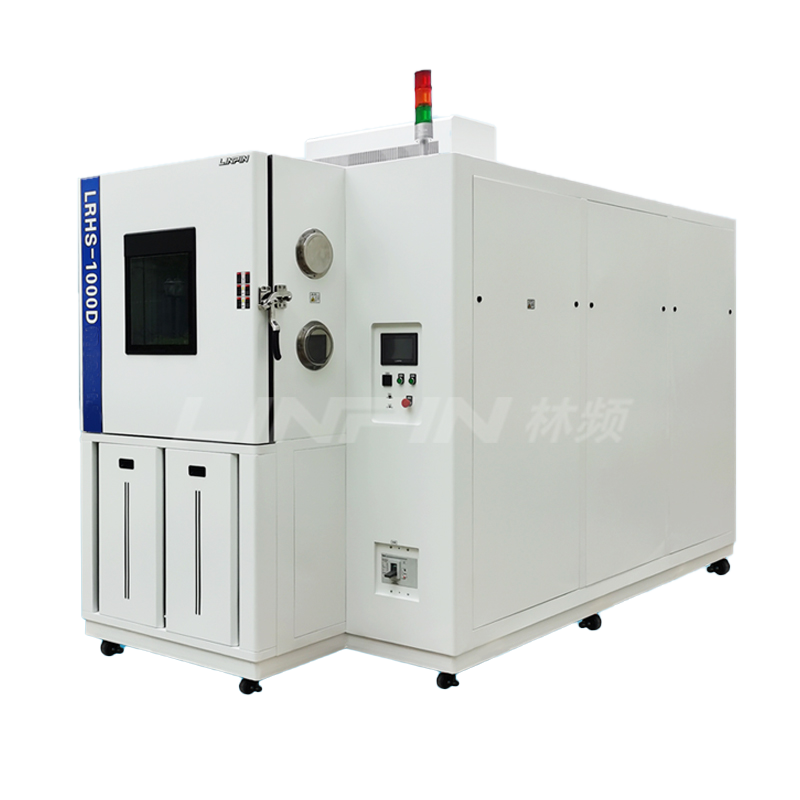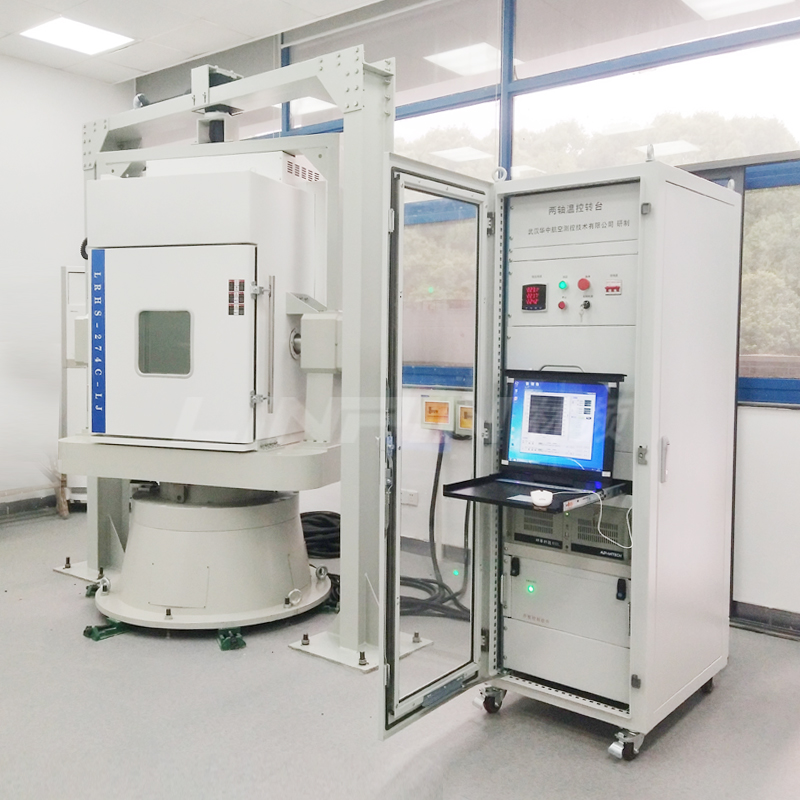High and Low Temperature Test Chambers: These Faults Must Not Be Ignored!!!
Author:LINPIN Update Time:2025-03-20 Source:LINPINAs we all know, high and low temperature test chambers are currently one of the flagship products in the environmental testing equipment industry. However, any instrument or equipment may encounter issues during use. Users are often concerned about how to resolve these problems quickly and effectively, ensure the normal operation of the equipment, and extend its service life. The refrigeration system is the core of a temperature test chamber, and the following faults frequently occur in the refrigeration systems of high and low temperature test chambers:
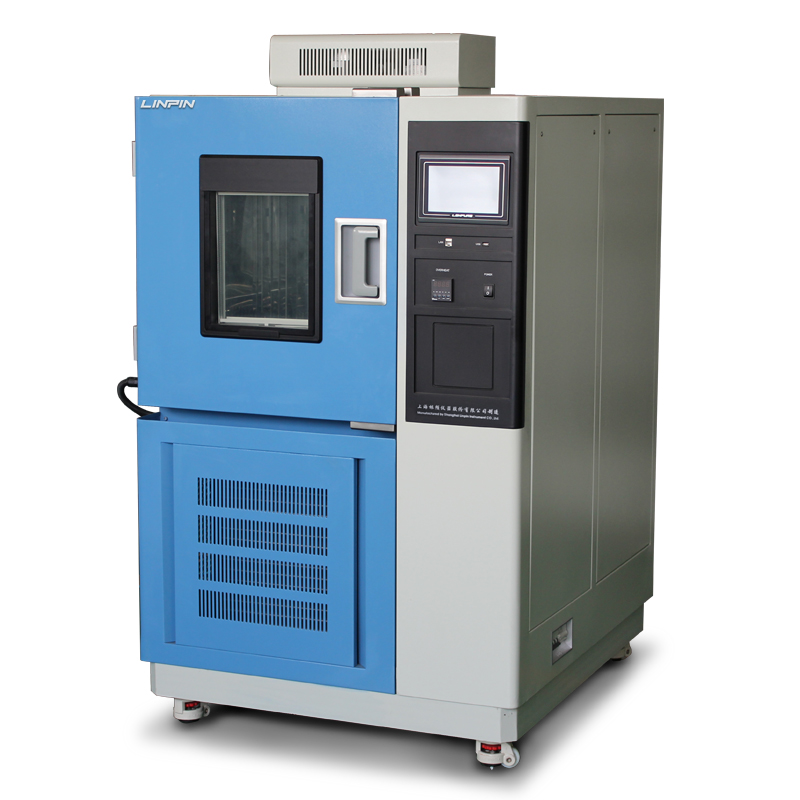
- High ambient temperature: The ambient temperature for test chambers is strictly defined as 5°C to 30°C. Excessively high ambient temperatures will inevitably cause failure to reach low temperatures.
- Slow heating or no heating: Check the heating system for faults, such as damaged heating tubes, loose wiring of heating tubes, burnt control panels, or circuit disconnections.
- Condenser fan malfunction: Inspect whether the fan motor is blocked or burnt. Issues like fan failure or reduced airflow may occur.
- No humidity: First check for water shortages, then verify the condition of the humidifier, and finally inspect the electrical control components.
- Refrigerant leakage: Apply soapy water or detergent to copper pipe surfaces to detect leaks. Repair the leaks and recharge the refrigerant.
- High temperature only, no low temperature: If the compressor operates normally, possible causes include insufficient refrigerant, clogged radiators (reducing cooling efficiency), or blocked/leaking pipes. Address each potential issue systematically.

- Uneven temperature or humidity in the chamber: This may result from a malfunctioning circulation fan. Check the fan for noise, damaged motors (e.g., burnout), or insufficient lubrication in bearings.
- Compressor failure: Check whether the refrigeration compressor is operating. Do not attempt to handle it yourself if a fault is detected; contact the manufacturer immediately for repair or replacement.
The above are common faults in high and low temperature test chambers that require special attention. Of course, to minimize faults and extend service life, regular care and maintenance are essential.

